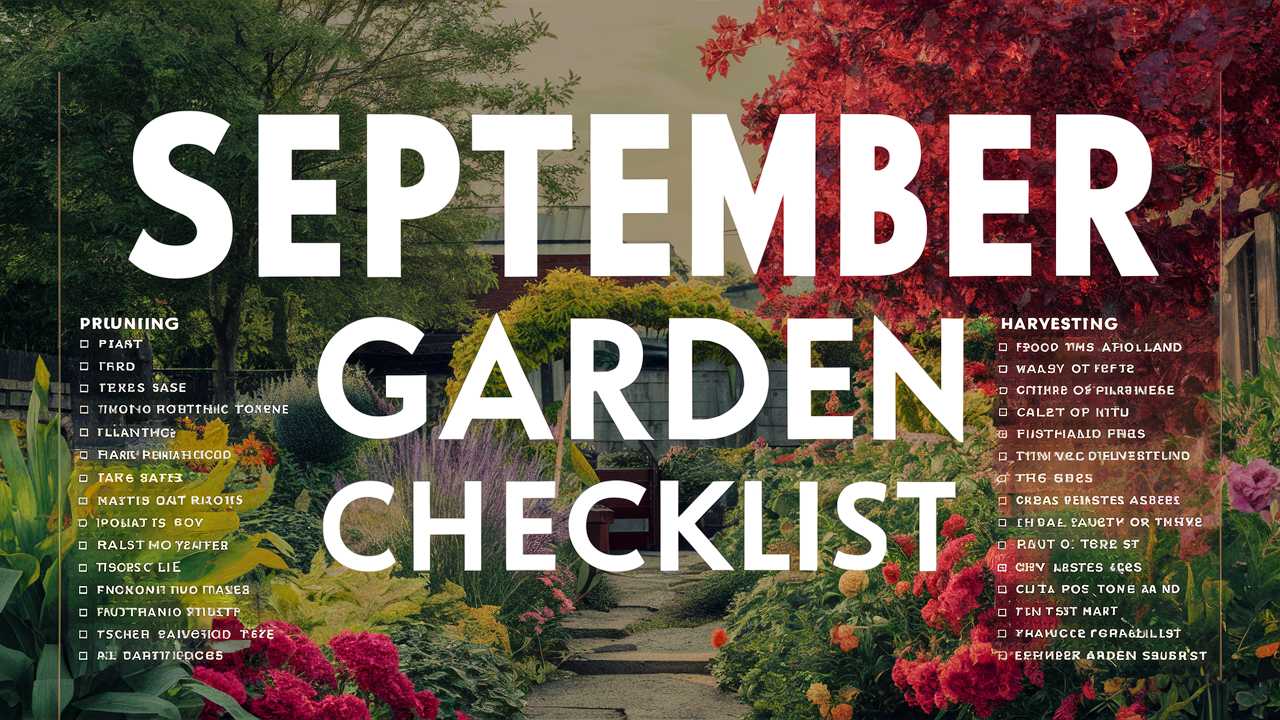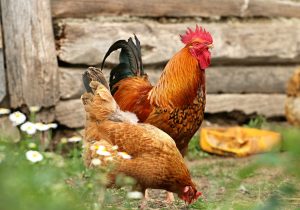As summer gracefully dances its way into fall, gardeners are presented with the unique challenge and joy of transitioning their gardens through seasons.
This extensive checklist will guide you through essential tasks, ensuring your garden not only thrives this month but also sets the stage for a robust and productive fall and winter.
Assess Your Garden’s Summer Performance
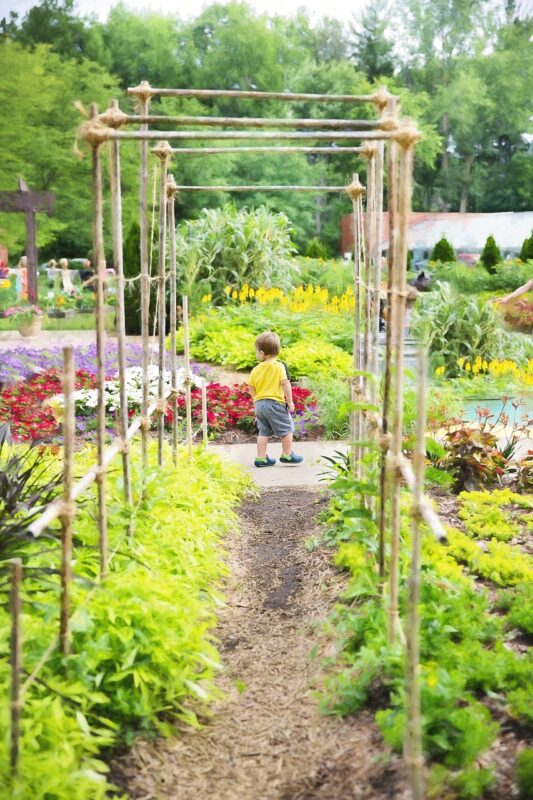
September is a great time to reflect on what worked in your garden over the summer. Spend a few moments with a cup of coffee or tea and jot down notes about your successes and challenges.
Evaluate Plant Health
Take stock of your plants. Are they thriving, or did pests and diseases take a toll? Identify any plants that have underperformed. Were they too crowded, or did they lack the right nutrients? Perhaps you learned which varieties do best in your soil and climate.
Review Your Pest Management Strategies
Think about the pest control measures you employed. Were they effective? If you encountered significant issues, consider research into organic pest control methods you could use next year. This reflection creates a learning loop that can enhance your gardening approach in future seasons.
Clean Up and Clear Out
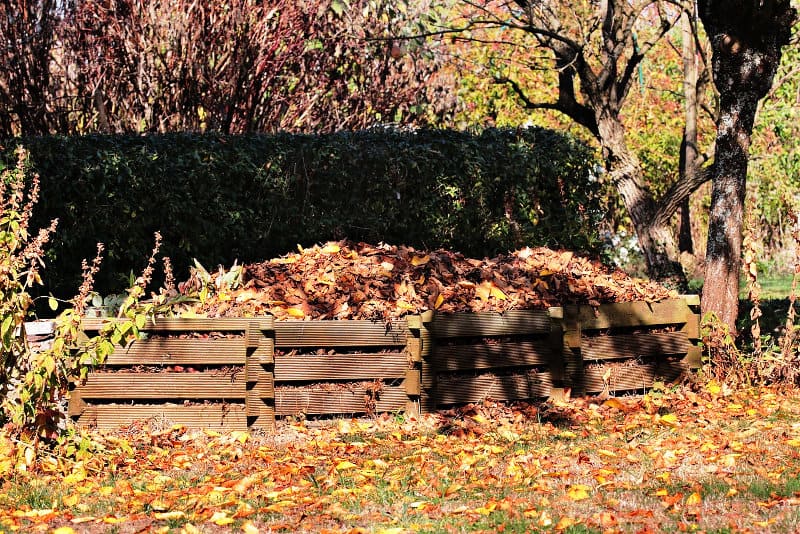
As summer plants finish their lifecycle, it’s time to tidy up your space. Cleaning up now will help prevent diseases and pests from overwintering.
Remove Dead and Dying Plants
Harvest any remaining fruits or vegetables that are still viable. Once you’ve collected your bounty, remove any dead or diseased plants from your garden. This practice minimizes the likelihood of pests lingering in your garden and spreading to healthy plants.
Compost Wisely
If the plants are disease-free, consider adding them to your compost pile. Remember that certain diseased plants should be disposed of away from your garden to prevent the spread of pathogens. Composting enriches the soil and prepares it for next year’s crop.
Weeds, Weeds, and More Weeds
Pull out weeds that have taken up residence during the summer months. Weeds compete for nutrients and moisture with your desirable plants. As you pull them out, consider mulching with organic material, which helps suppress weed growth and retains soil moisture.
Prepare Your Soil
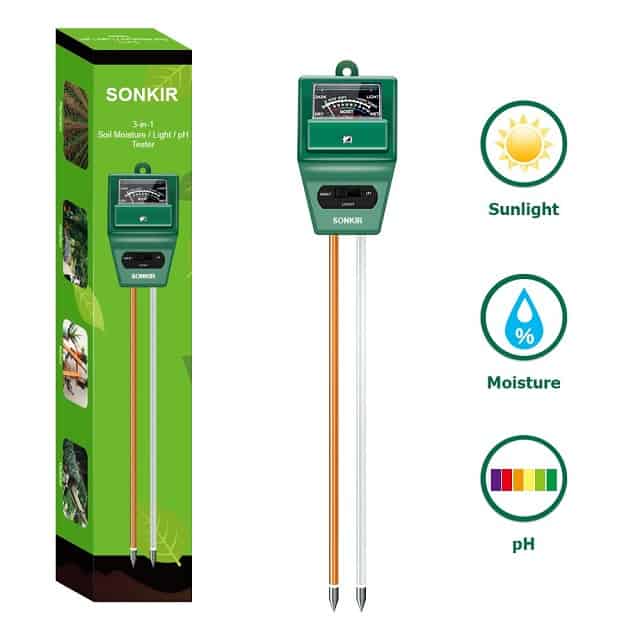
As summer’s bounty draws to a close, it’s essential to return nutrients to your soil and prepare for the cooler months ahead.
Soil Testing
September is an excellent month to conduct a soil test. A comprehensive analysis will help you understand pH, nutrient levels, and organic matter composition. Amend your soil based on those results. Adding compost can enrich the soil while improving its structure, allowing for better drainage and aeration.
Add Organic Matter
Working in organic matter such as compost or leaf mold will enhance soil fertility. This addition is particularly beneficial in preparing the soil for spring planting; it adds beneficial microorganisms and improves the soil texture.
Plant Fall Crops
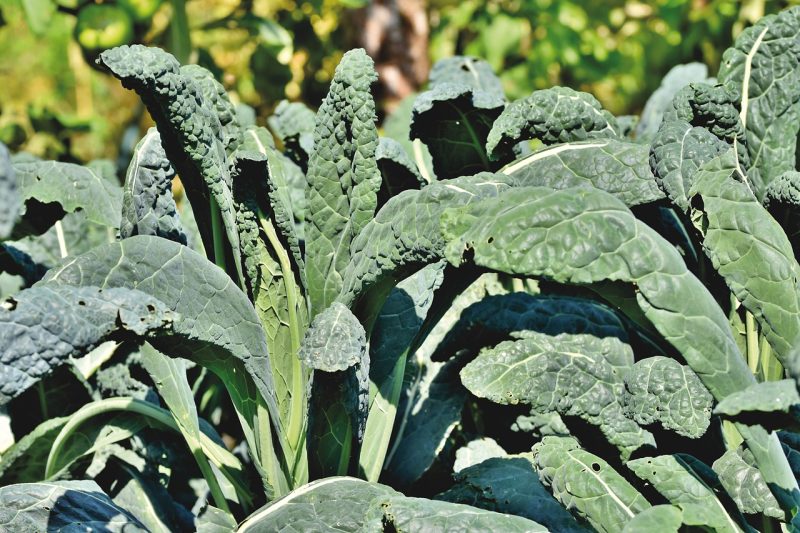
Contrary to contrary belief, there’s still time to plant some fall crops. In fact, September is prime time for several cool-season vegetables that thrive in cooler temperatures.
Select Cold-Hardy Varieties
Consider planting crops such as kale, spinach, radishes, and turnips in early September. These plants can withstand light frosts and often taste sweeter after exposure to cold temperatures.
Succession Planting
If your growing season allows, engage in succession planting. For instance, plant another round of lettuce every couple of weeks. This method ensures a continuous supply of fresh greens throughout the fall.
Prune for Health and Aesthetic Appeal
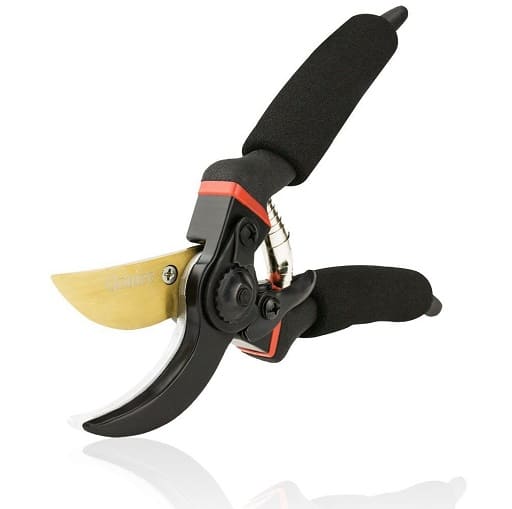
Now is the time to give careful thought to which plants may need a trim to maintain their health and shape.
Perennial Pruning
Certain perennials, like sedum and asters, benefit from a light prune to remove spent flowers and promote new growth. However, be cautious not to prune all perennials this month; those beneficial for overwintering should be left intact for added protection.
Fruit Trees and Shrubs
Pruning fruit trees and shrubs in September helps shape their growth and remove any damaged or diseased branches. This interaction is vital to encourage healthy growth patterns as trees prepare for dormancy.
Focus on Fall Flowering Bulbs and Perennials
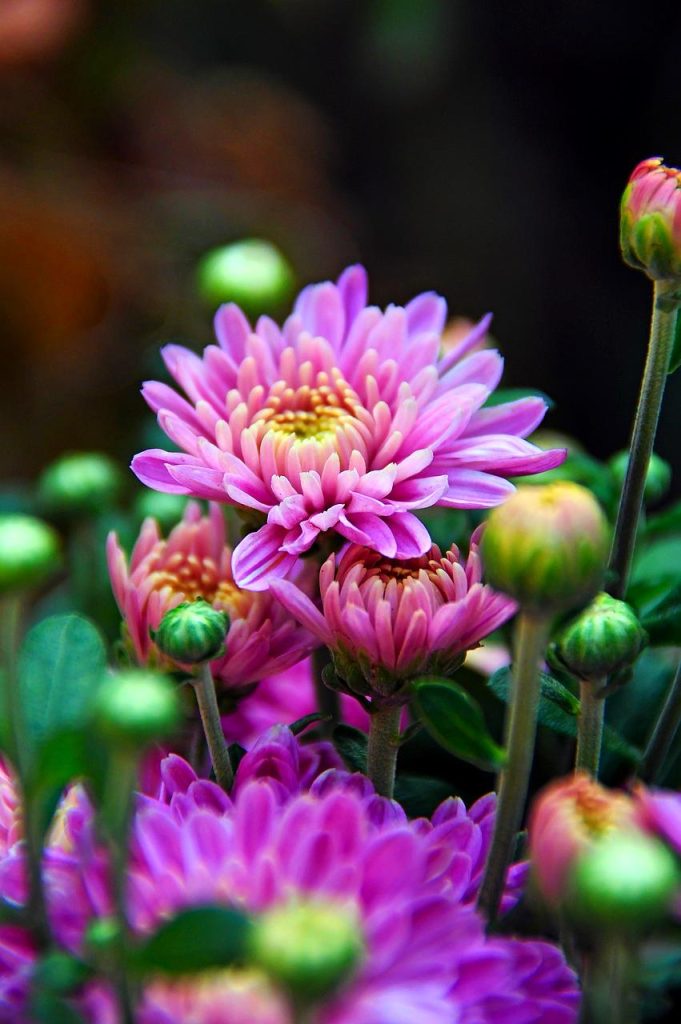
As September rolls in, it’s an ideal time to plan and plant your fall display.
Choose and Plant Bulbs
Consider perennial bulbs that will return next spring, such as daffodils, tulips, and crocuses. Plant them before the first frost to allow them to establish roots. Incorporate layers in your plantings for a visually stunning spring garden.
Autumn perennials
Planting autumn perennials not only adds color to your garden but also contributes to seasonal biodiversity. Asters, chrysanthemums, and sedums not only bloom into late fall but are also excellent for pollinators preparing for winter.
Plan for Wildlife and Pollinators
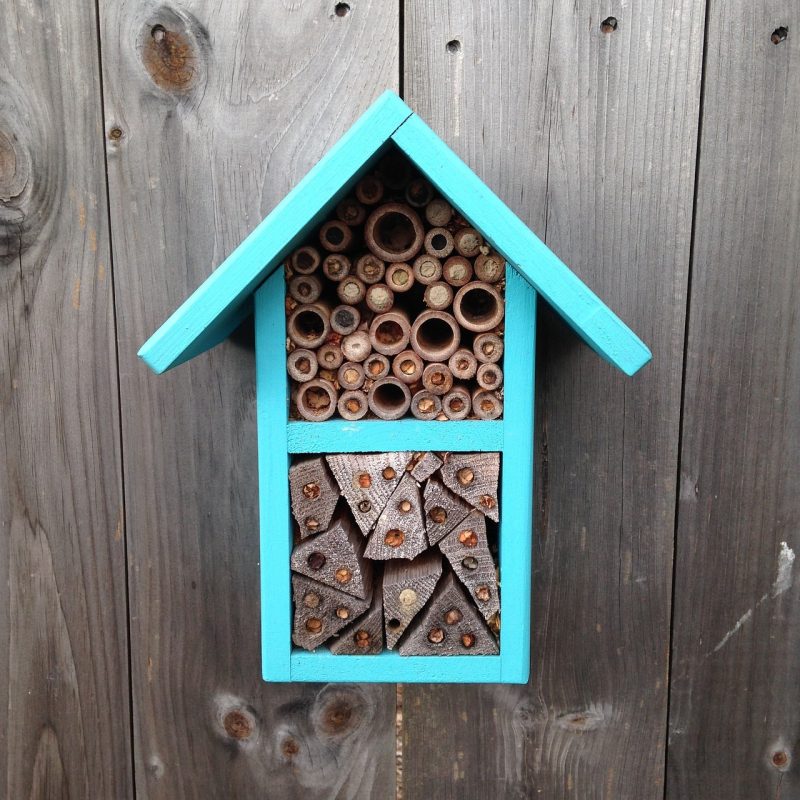
As the seasons change, wildlife habits also evolve. Understanding how to accommodate local fauna can contribute to a healthier garden ecosystem.
Create a Pollinator-Friendly Space
Ensure your garden supports persistent pollinators in late bloom. Include plants such as goldenrod and asters to nourish bees and butterflies. Additionally, consider installing a bee hotel to encourage native bee species to take root in your garden.
Providing Winter Shelter
Whether they’re birds, insects, or small mammals, consider how you can support local wildlife through the colder months. Build brush piles or install birdhouses to offer refuge. Your efforts will not only support biodiversity but will enrich your gardening experience.
Prepare for Winter
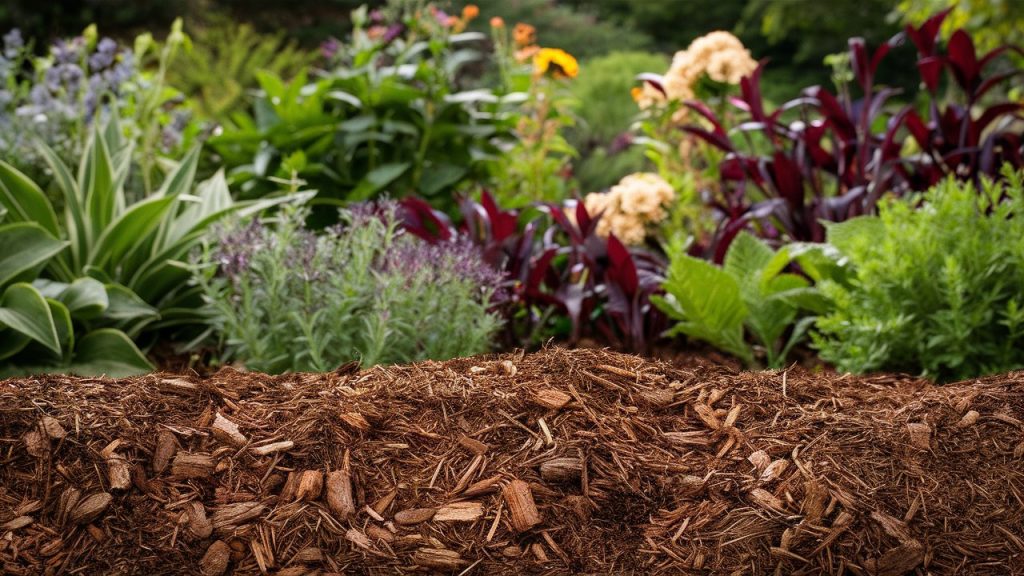
While winter may feel far away, preparing for it in September can make all the difference when the frost finally arrives.
Mulching Techniques
Mulch your garden beds with a layer of organic material, such as straw or shredded leaves. This protective barrier can help insulate your plants over the winter and regulate soil temperature, preventing hard freezes that can damage roots.
Gather Supplies for Winter Gardening
Organize your gardening tools, pots, and any other supplies. Ensure you have planting supplies ready for any winter sowing you plan to do. Inventory your seed stash as well!
Clean and Store Tools
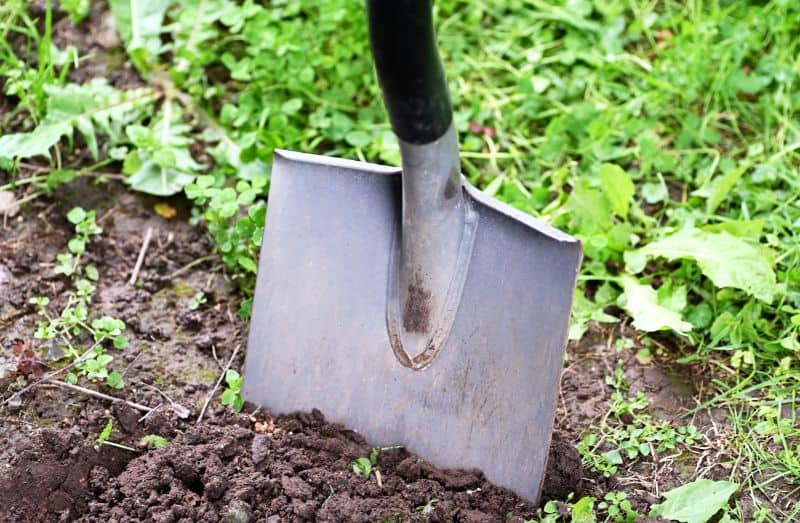
September is the perfect month to conduct an inventory of your tools and equipment.
Sharpen, Clean, and Repair
A well-maintained tool will serve you better and last longer. Clean and sharpen your tools, and check for any repairs needed. Store tools in a dry, protected space to prevent rust and damage.
Invest in Quality Gear
This is a great time to assess the quality of your gardening gear. If you’ve been using worn-out gloves or trowels, consider investing in good-quality replacements now, before fall planting begins in earnest.
Plan Your Winter Garden Structure
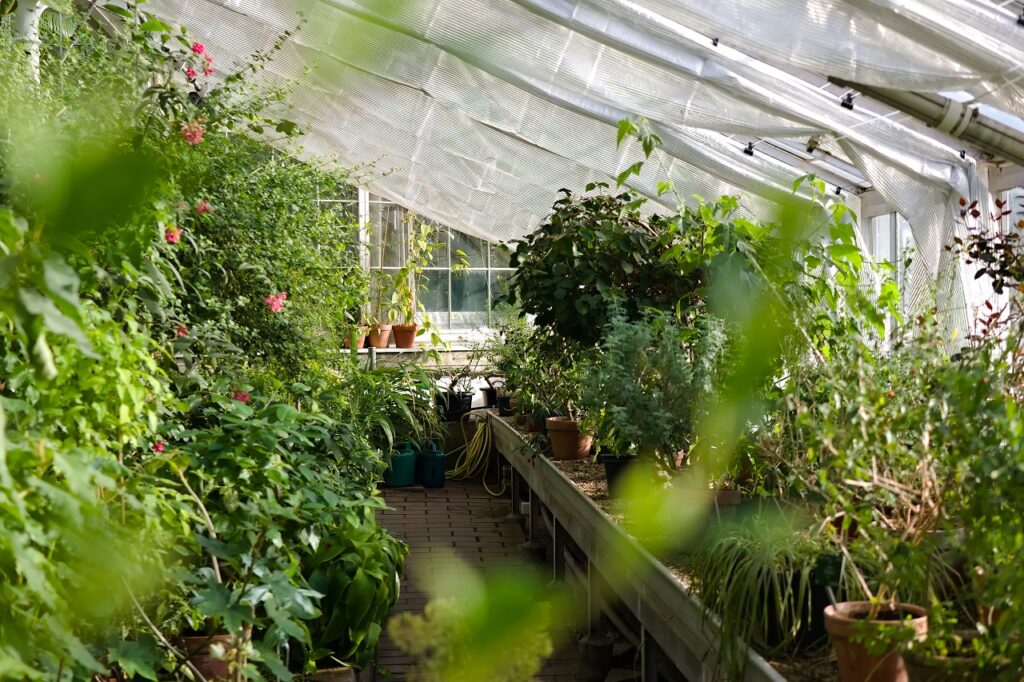
If you’re considering implementing winter gardening strategies, now is the time to plan your structures.
Cold Frames and Greenhouses
A cold frame can extend your growing season, allowing you to start seedlings earlier in the spring and continue harvesting fresh crops into the winter.
Garden Layout and Design Updates
As you reflect on your current garden setup, think about any changes or improvements you want to make next spring. Sketch out garden designs while considering factors like sun exposure, water drainage, and ease of access.


